
- Home
- Directory
- Events
- Retreat
- Yoga Practices
- Yoga Research
- Wellness Research in Yoga
- Yoga Research on Pandemic
- Yoga Research in Diabetes and Endocrine System
- Yoga Research in Cardiovascular System
- Yoga Research in Depression, Anxiety and Mental Disorders
- Yoga Research in Musculoskeletal System
- Yoga Research in Musculoskeletal System
- Yoga Research in Oncology
- Technology Research and Application in Yoga
- Blog
- Adi Gurus
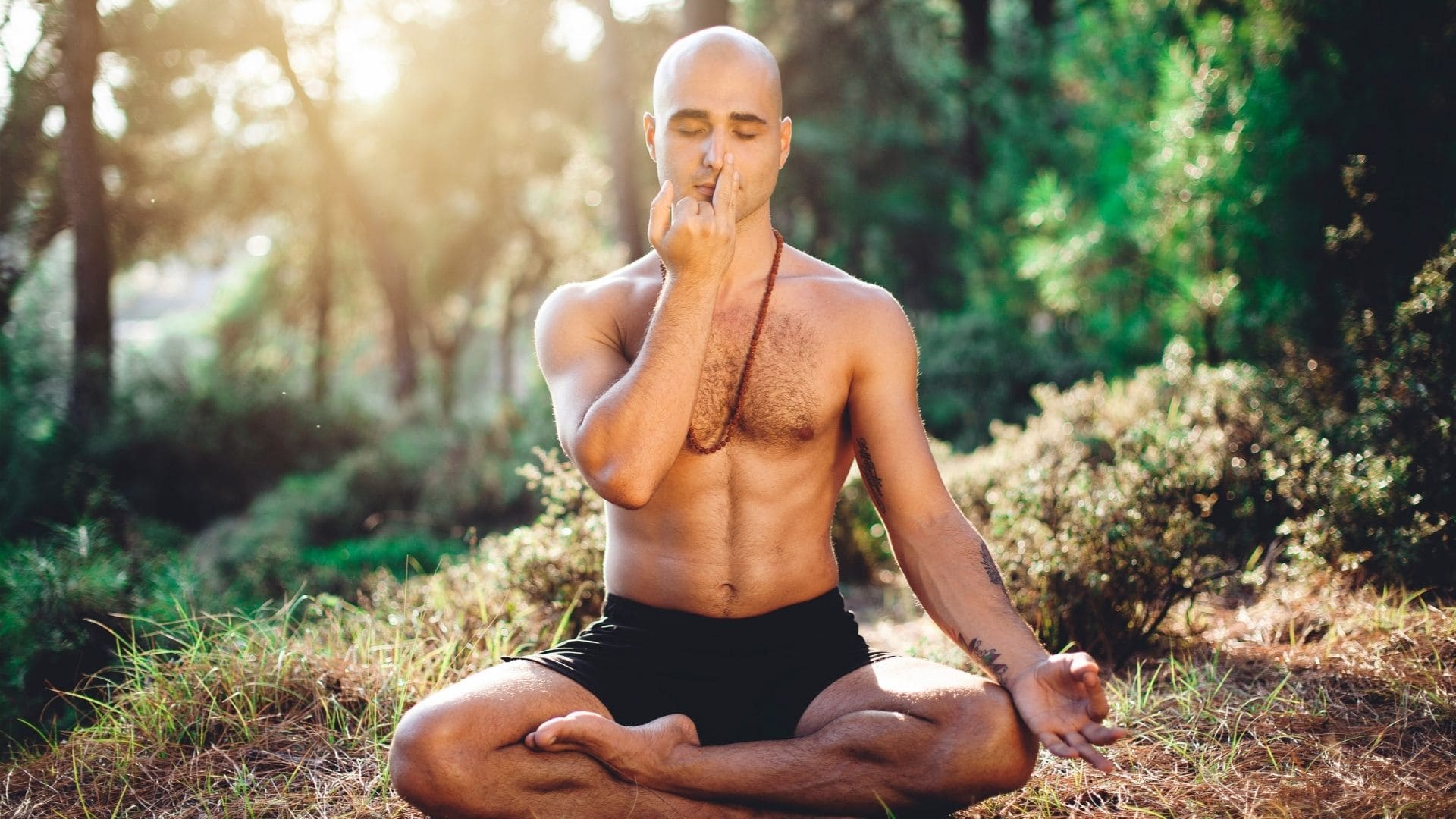
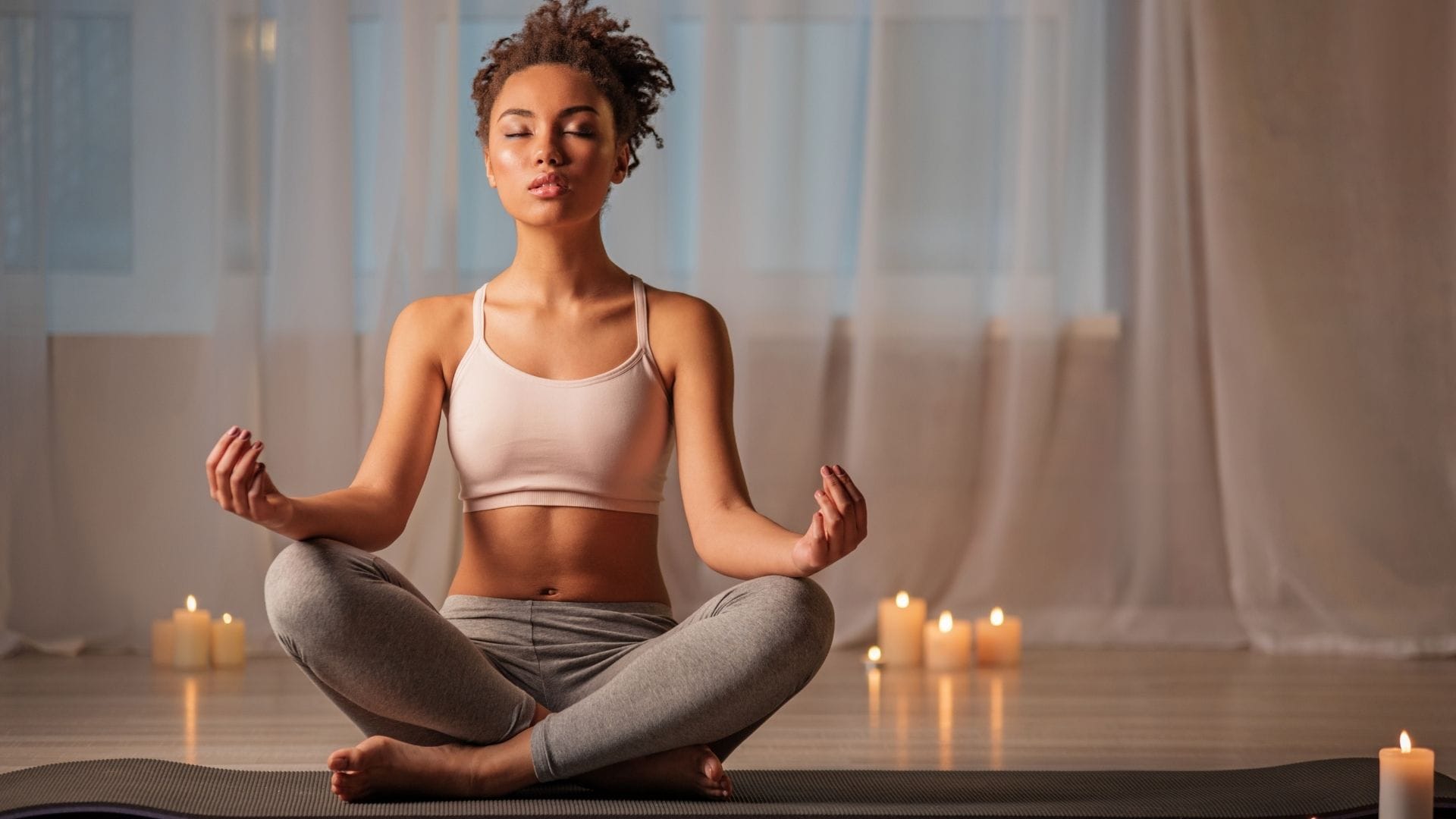
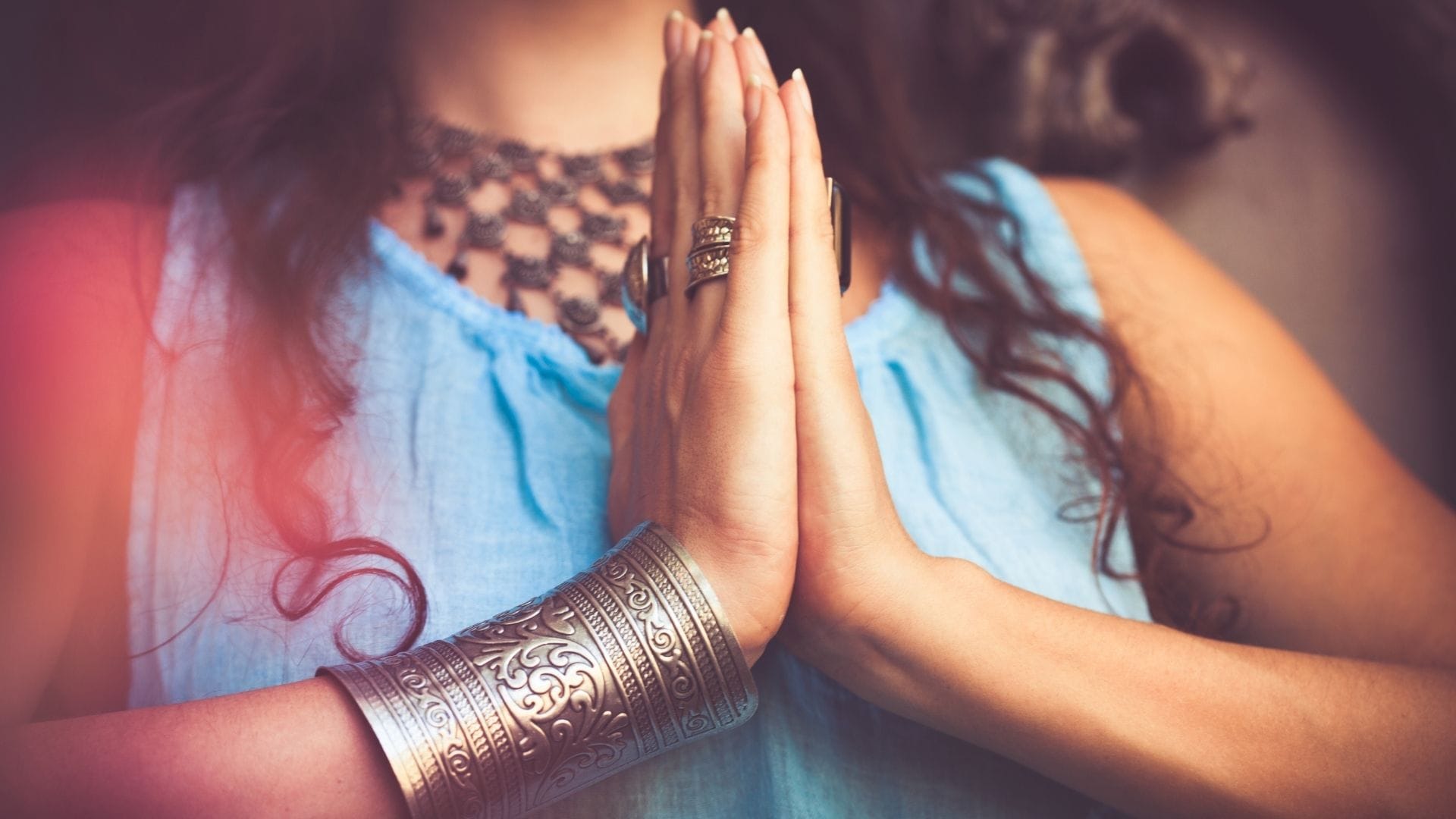
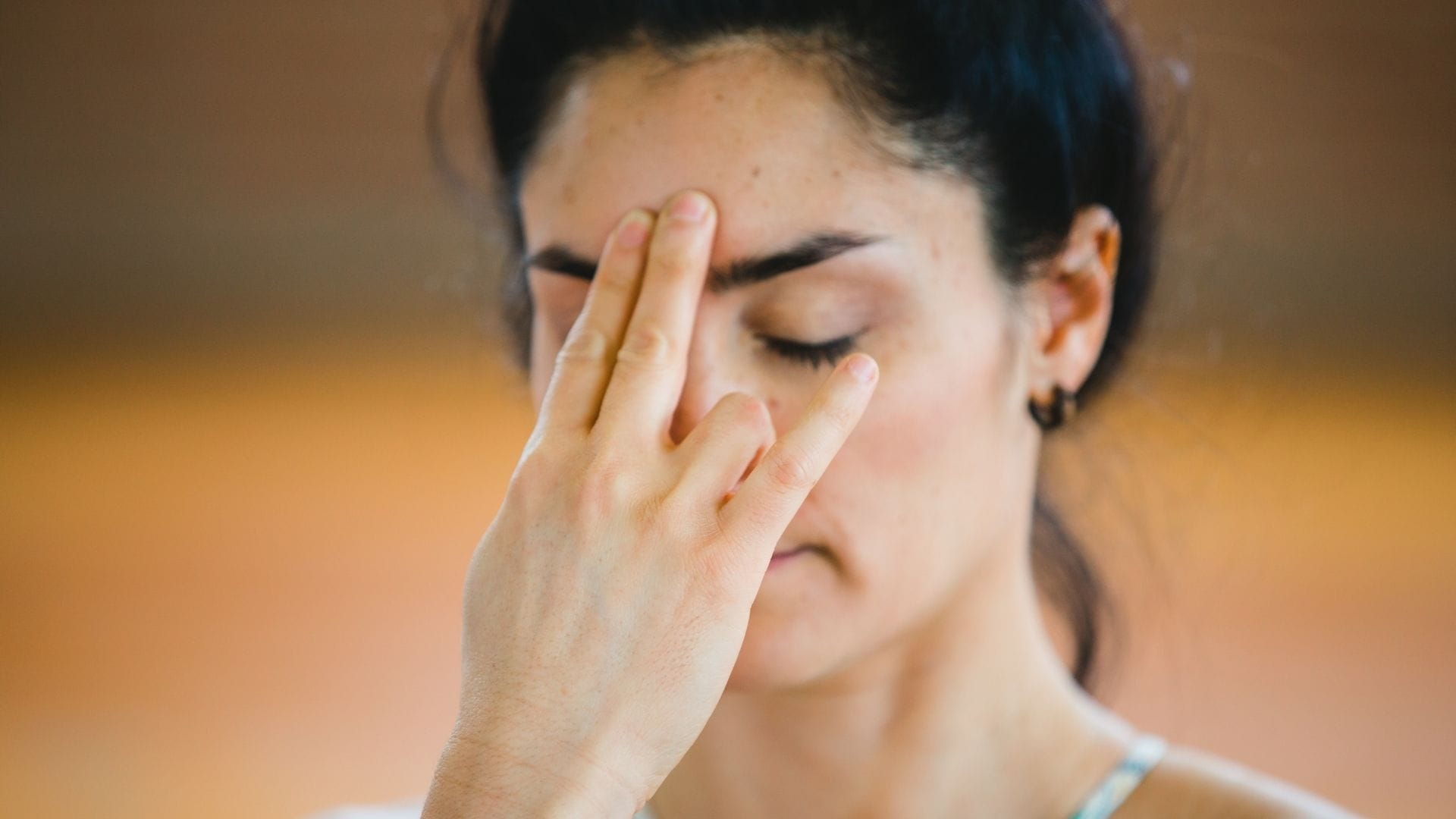
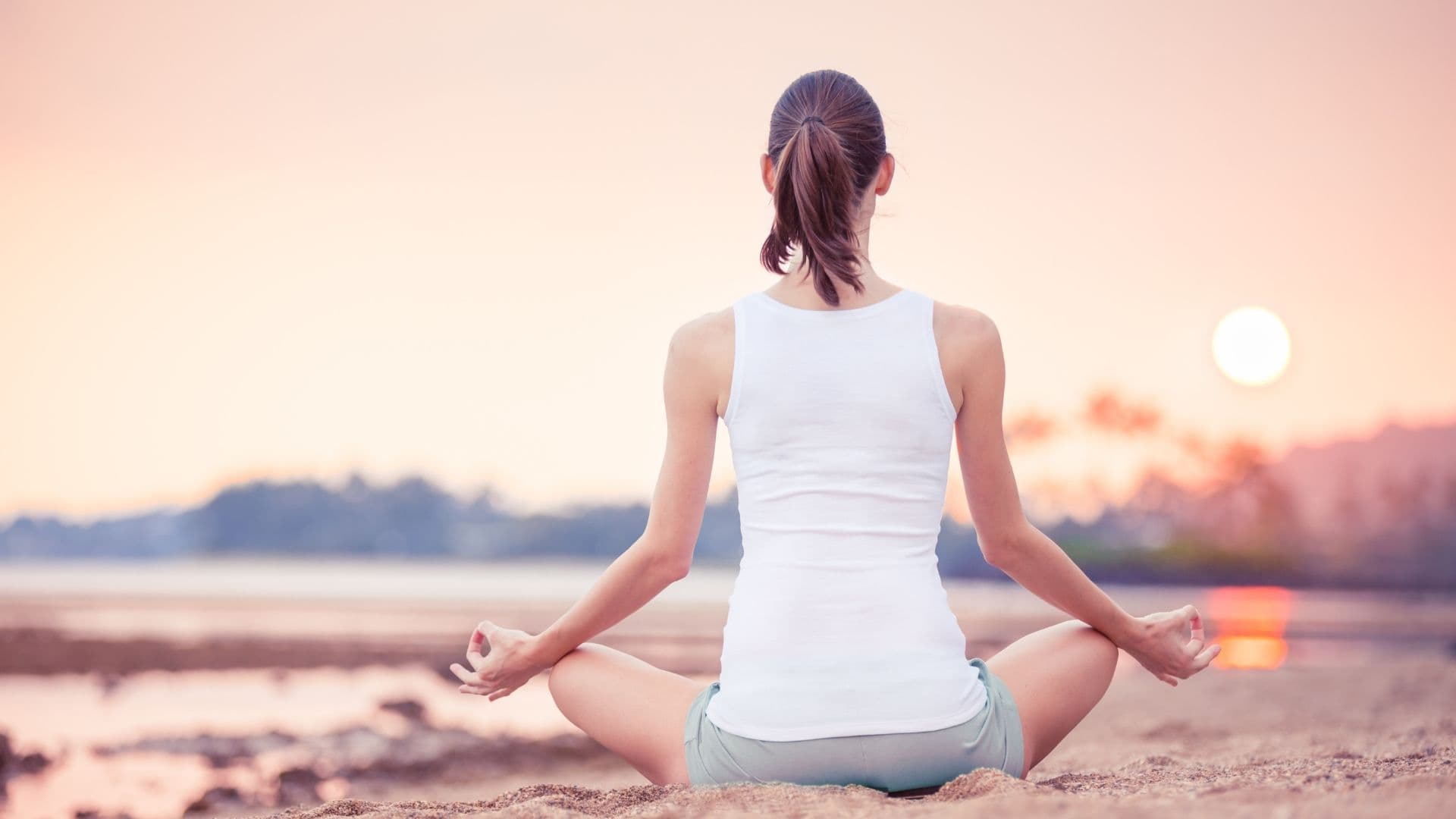
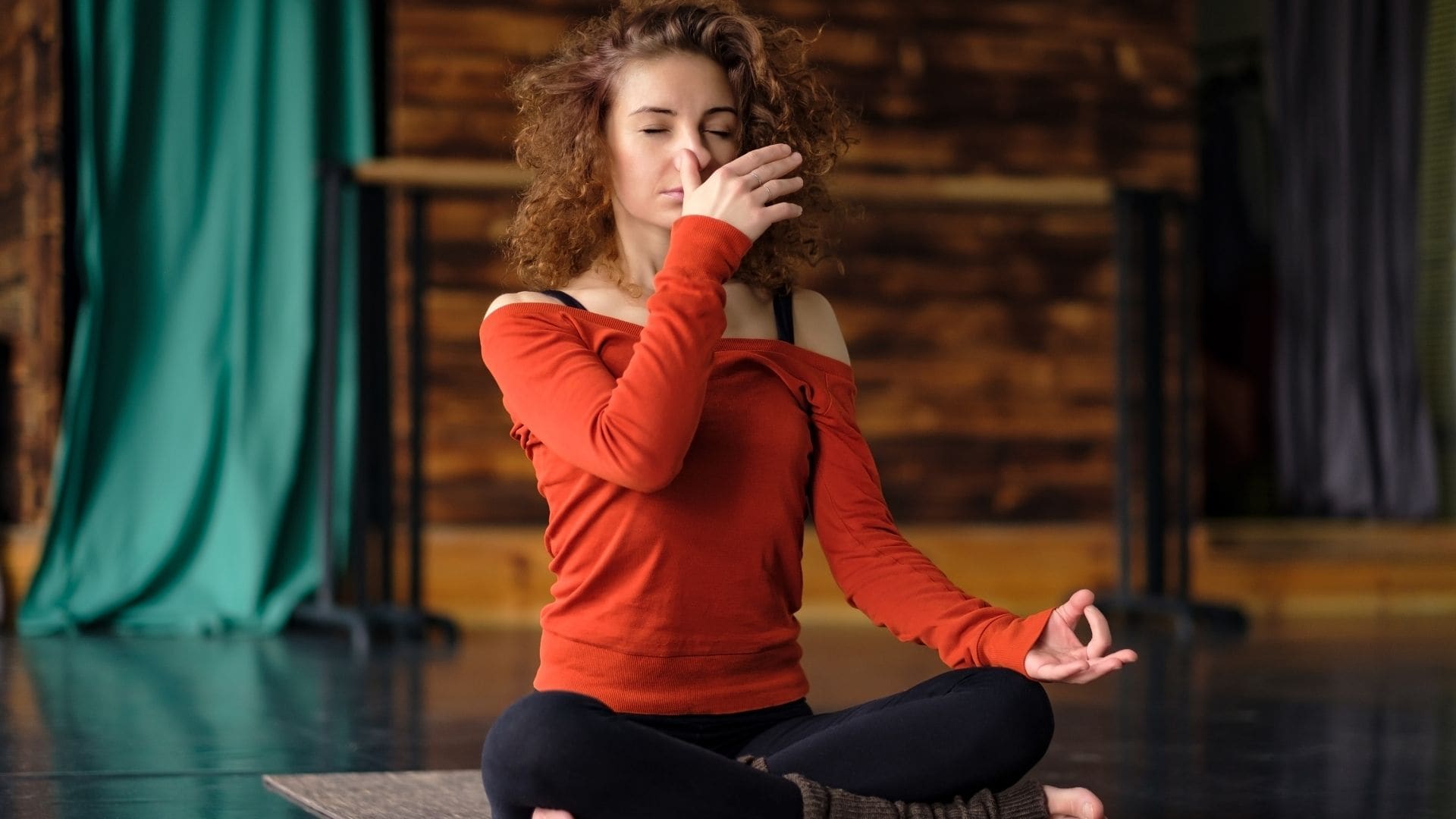
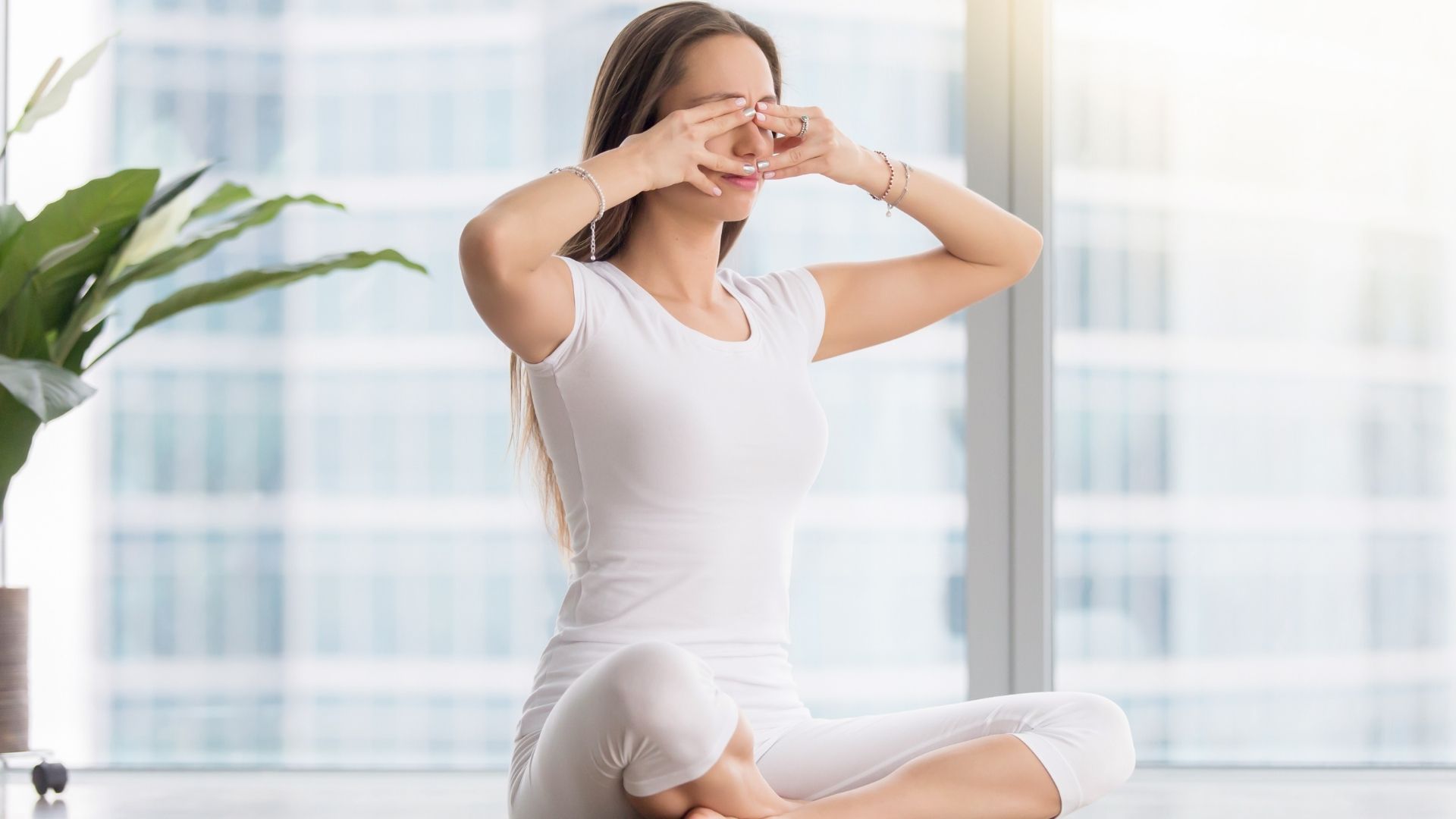
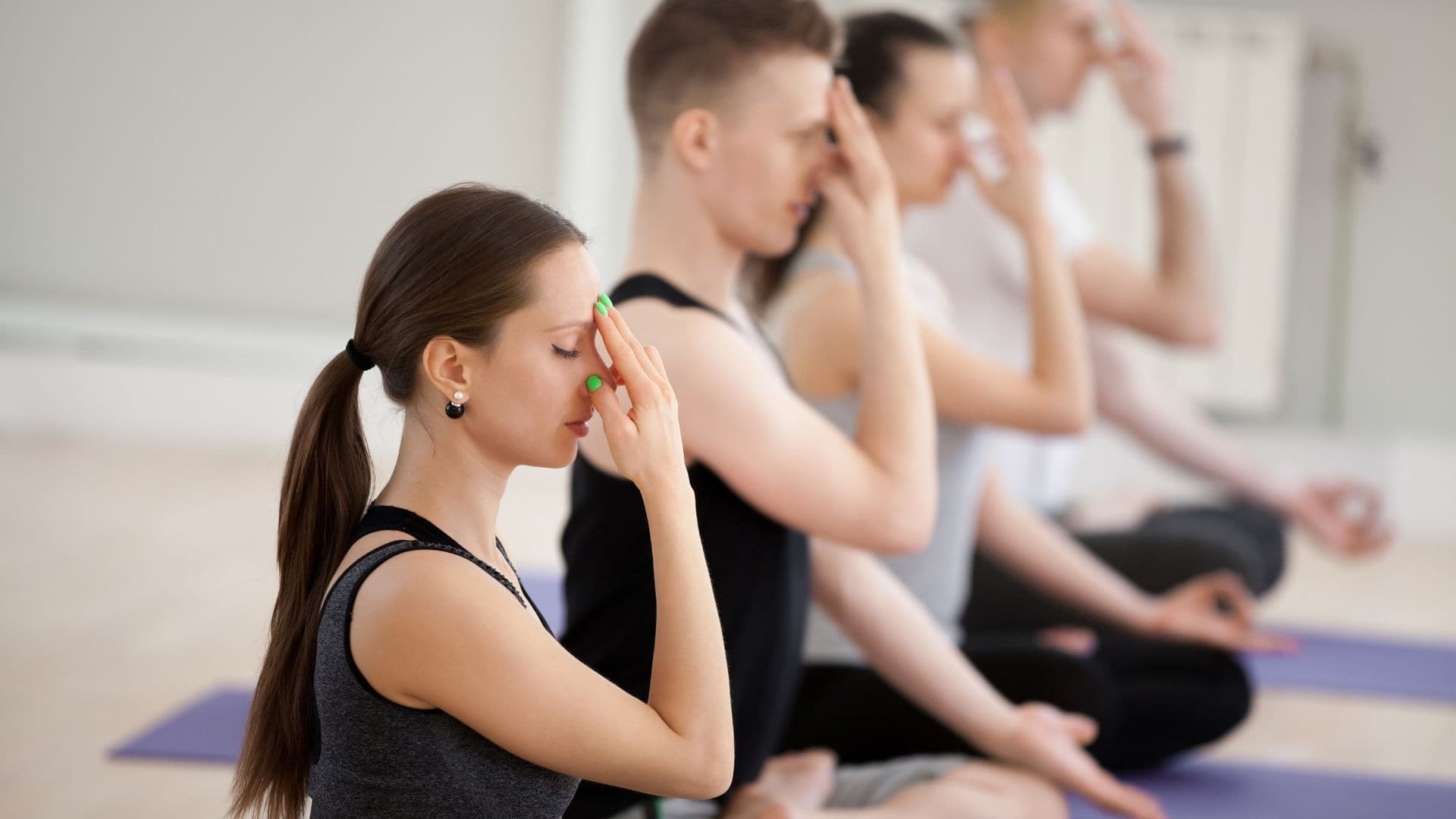
Pranayama
Pranayama is the practice of breath control in yoga. In modern yoga as exercise, it consists of synchronising the breath with movements between asanas, but is also a distinct breathing exercise on its own, usually practised after asanas.
तस्मिन् सति श्वासप्रश्वासयोर्गतिविच्छेदः प्राणायामः॥2.49॥
tasmin sati shvaasaprashvaasayorgativichChedaH praaNaayaamaH
tasmin sati = on its attainment (of a steady and comfortable asana); shvaasa = inhalation; prashvaasayoh = exhalation; gati = movement; vichChedaH = regulation; praaNaayaamaH = pranayama (breath control)
In texts like the Bhagavad Gita and the Yoga Sutras of Patanjali, and later in Hatha yoga texts, it meant the complete suspension of breathing. Word pranayama is comprised of two sanskrit roots:
‘prana’ – Vital force
‘ayama’ – Control
Prana refers to ‘vital energy’ or ‘life force’. Although casually referred to as the air we breathe, in Yoga science, it’s defined as subtle energy that Emanates life in all things. Pranayama, therefore, is much more than merely a breathing exercise. It is aimed at developing control over the ‘vital energy’ through the Nadis ( Channels for energy flow in the body) and eventually leading to full control over Prana (Pranamayakosha) and Mind (manomayakosha).
HATHA YOGA PRADIPIKA 2.1
अथासनेदॄढेमोगी वशी श्चहतश्चभताशन् ।
गरूु ऩश्चदष्टभागण प्राणामाभान्सभभ्यसते ॥१॥
Athāsane drdhe yogī vaśī hitamitāśanah
Ghurūpadishtamārghena prānāyāmānsamabhyaset
Posture becoming established, a Yogî, master of himself, eating salutary and moderate food, should practise Prânâyâma, as instructed by his guru.
{{locationDetails}}
Browse sub-categories
Disclaimer:
The information presented here is not medical advice or a treatment plan and is intended for general education and demonstration purposes only. This information should not be used for self-diagnosis or self-treat any health, medical or physical condition. Please consult and follow your healthcare professional or therapists before beginning an exercise or Yoga regime.
Yujyate.org content is a presentation of theoretical knowledge of the practice methods, effects, contraindications, benefits, etc.
Also, please read all the contraindications carefully. All Yoga practices must be learned and performed under the supervision and the guidance of a qualified yoga teacher, therapist, or school.
Each asana can have its variations practiced by different yoga teachers or schools or traditions, and we do not suggest any variations to be technically correct or wrong.
Any practice must be undertaken based on individual capacity and comfort. Yoga practices are not meant to cause strain on the body, just as any physical exercise comfort level improves over time. We do not recommend any time or cycles to be followed. Stop the practice immediately if it causes discomfort. Yoga practices are not recommended for at least one hour before or after a meal.
You agree to indemnify and hold Yujyate.org, its officers, partners, and contributors for any losses, injuries, or damages resulting from any and all claims that arise from your use or misuse of this content. Yujyate.org makes no representation of the accuracy or suitability of this content. Use of this content is at your own risk.
- {{ listingType.name }}
- prev
- next